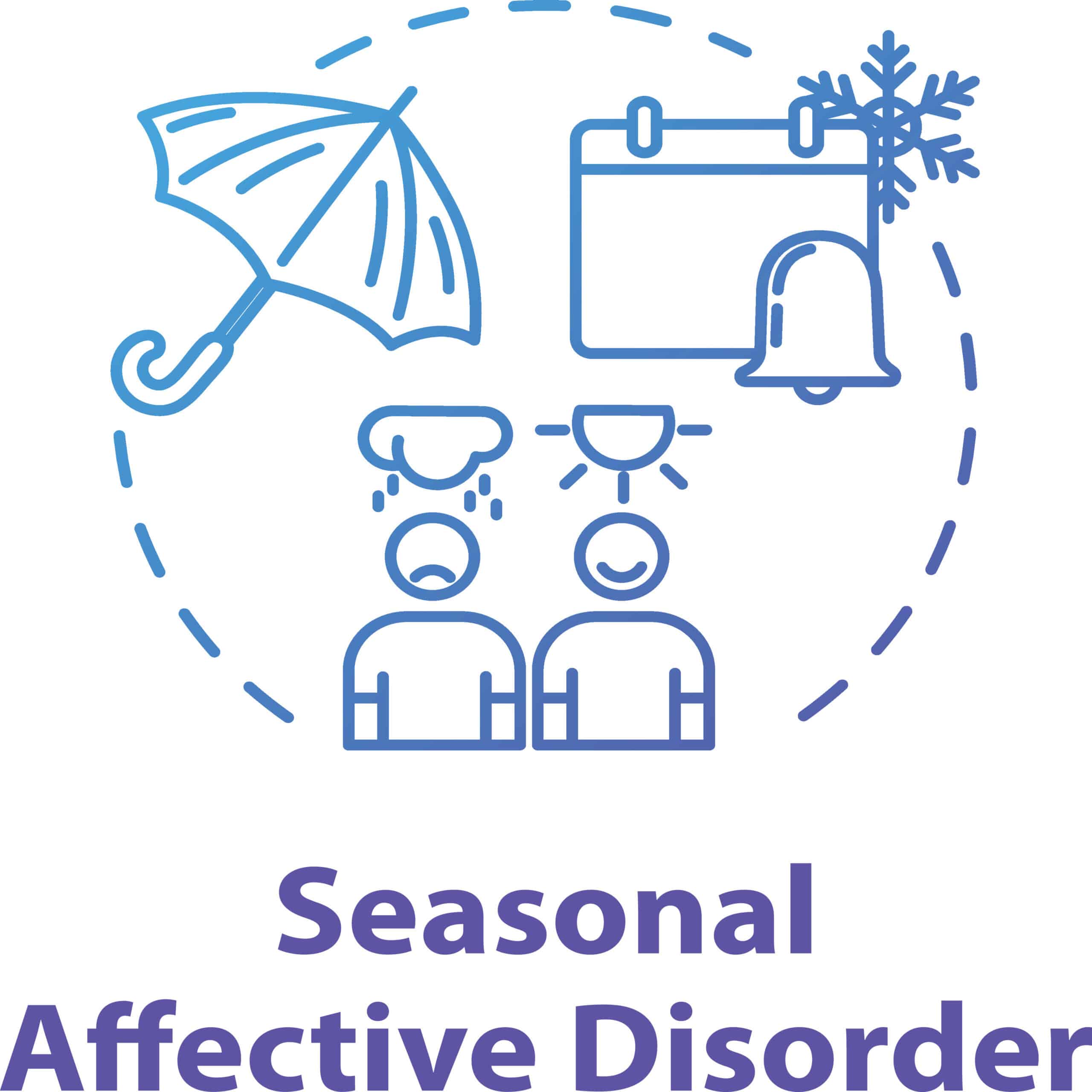If you have SAD, there are several things you can do. Try to be active and exercise. Spend time with other people and confide in a trusted friend or relative. Medications like antidepressants and psychotherapy can also help. Some people may find relief through complementary health approaches, like light therapy. Using an ultrabright light box each day may help replace the natural sunlight you’re missing during the winter. Light boxes give off light that’s about 20 times brighter than ordinary lighting.
Some studies support a form of talk therapy adapted for SAD. This type of cognitive-behavioral therapy focuses on replacing negative thoughts with positive ones. You may also be asked to identify activities you enjoy.
A few small studies suggest that supplements like St. John’s wort and melatonin may help with SAD. But experts caution that St. John’s wort can interact with many medications. And melatonin may improve sleep for some people with SAD, but it’s not known if long-term use is safe.
If you’re experiencing SAD, talk with your doctor to come up with a plan to feel better.
6 Things To Know About Complementary Health Approaches for Seasonal Affective Disorder
Seasonal Affective Disorder (SAD) is a type of depression that comes and goes with the seasons, typically starting in the late fall and early winter and going away during the spring and summer. To be diagnosed with SAD, people must meet the full criteria for major depression coinciding with specific seasons (appearing in the winter or summer months) for at least 2 years. Symptoms of the winter pattern of SAD include having low energy, hypersomnia, overeating, weight gain, craving for carbohydrates, social withdrawal (feel like “hibernating”). Some people with SAD may be treated with medication (typically antidepressants) and/or psychotherapy. Others may turn to complementary health approaches such as light therapy or dietary supplements.
Here are 6 things to know about complementary health approaches for SAD:
- There is some evidence that light therapy may be useful as a preventive treatment for people with a history of seasonal affect disorder. The idea behind light therapy is to replace the diminished sunshine of the fall and winter months using daily exposure to a light box. Most typically, light boxes filter out the ultraviolet rays and require 20–60 minutes of exposure to 10,000 lux of cool-white fluorescent light, an amount that is about 20 times greater than ordinary indoor lighting.
- There is some evidence that cognitive-behavioral therapy for SAD (CBT-SAD) can be effective in reducing the recurrence and remissions of SAD and has been shown last at least between a first and second winter season. Traditional cognitive behavioral therapy has been adapted for use with SAD (CBT-SAD). CBT-SAD relies on basic techniques of CBT such as identifying negative thoughts and replacing them with more positive thoughts along with a technique called behavioral activation. Behavioral activation seeks to help the person identify activities that are engaging and pleasurable, whether indoors or outdoors, to improve coping with winter.
- A few small studies suggest that St. John’s wort may improve some symptoms of SAD; however, there are risks associated with taking St. John’s wort. For example, St. John’s wort can weaken the effects of many medicines, including antidepressants, contraceptives, cyclosporine, digoxin, indinavir, irinotecan, and anticoagulants. Taking St. John’s wort with certain antidepressants or other drugs that affect serotonin may lead to increased serotonin-related side effects, which may be potentially serious.
- There is some limited evidence (small trials involving few patients) that suggests melatonin improves sleep in some patients with SAD. Melatonin appears to be safe when used short-term, but the lack of long-term studies means we don’t know if it’s safe for extended use.
- Taking vitamin D supplements is not considered an effective SAD treatment. Low blood levels of vitamin D are often found in people with SAD; however, the evidence for its use has been mixed. Although some studies suggest vitamin D supplementation may be as effective as light therapy, others found vitamin D had no effect.
- Take charge of your health—talk with your health care providers about any complementary health approaches you use. Together, you can make shared, well-informed decisions.




